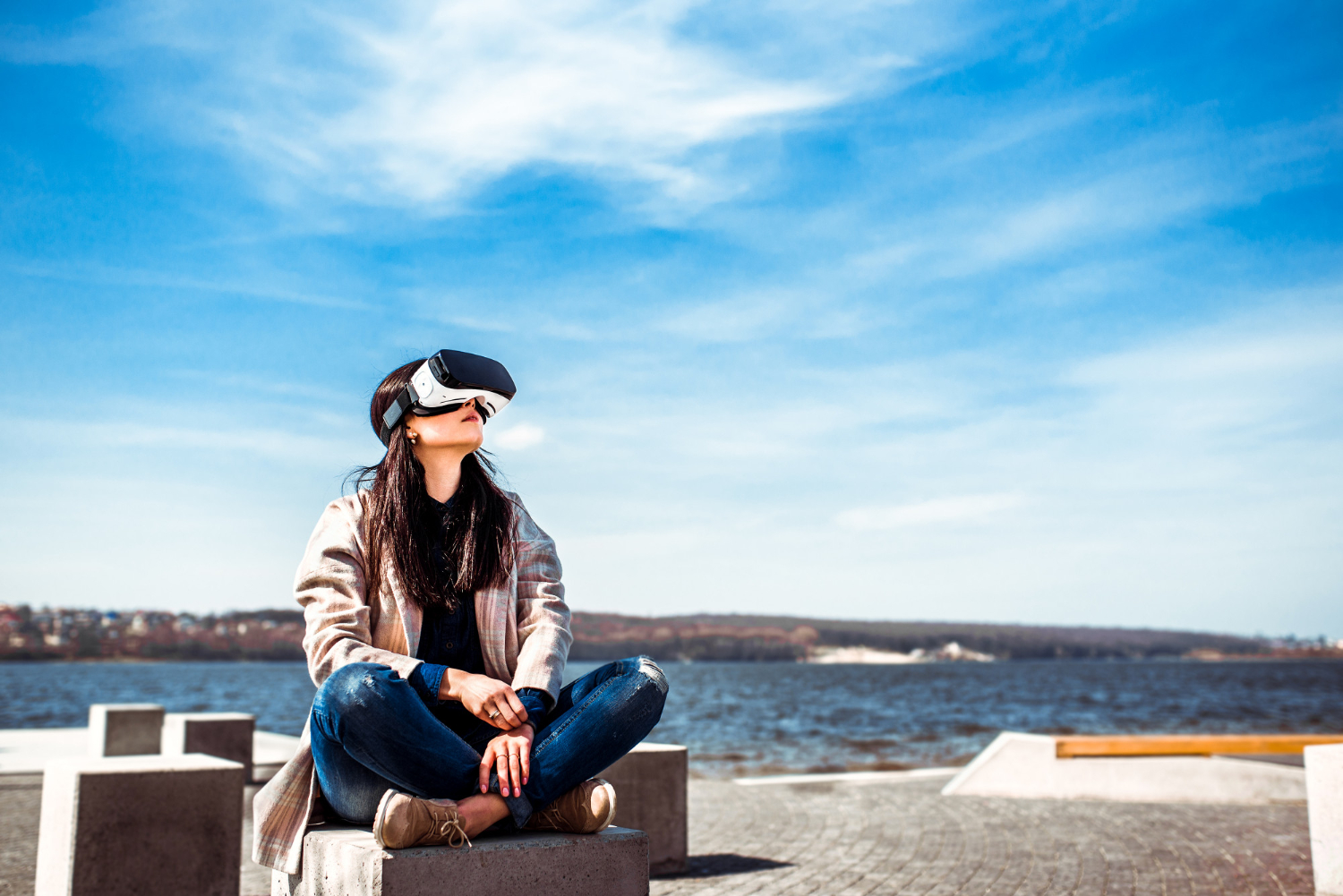Day in the Life: How VR Helps Students Experience a Corporate Role Before Joining
In the competitive world of campus recruitment, students are often expected to make life-changing decisions—like accepting a job offer—based on little more than a company’s presentation and a 15-minute interview. For corporates too, the challenge is real: how do you make your organization stand out, clearly communicate what the job entails, and ensure that the candidate is a good fit?
This is where Virtual Reality (VR) is changing the game. By creating “Day in the Life” VR experiences, companies can now allow students to see, hear, and feel what it’s like to work in a particular role, long before Day 1 on the job.
Let’s explore how VR is helping students make informed career decisions while empowering corporates to hire better and faster.
The Problem with Traditional Job Previews
Most campus recruits rely on a few generic touchpoints:
-
A pre-placement talk with lots of slides.
-
A brochure with glowing testimonials.
-
Maybe a short interaction with an alumnus or a recruiter.
But this rarely paints a full picture. Students are left wondering:
-
What will I actually do every day?
-
Will I enjoy the work culture?
-
Is this job a good fit for my personality and strengths?
Similarly, companies often face high early attrition from new recruits who accept offers but leave within months, citing a mismatch in expectations.
How “Day in the Life” VR Experiences Work
Imagine this:
A student puts on a VR headset and is transported into a virtual office space. She’s greeted by a digital avatar who walks her through:
-
Her virtual desk and team.
-
A simulated team meeting.
-
Tasks she might perform (e.g., analyzing a report, troubleshooting a customer issue, or leading a brainstorm).
-
Casual interactions at the office café or during a one-on-one with her manager.
This is not a game—it’s an immersive job preview that feels real. The student gets a tangible sense of the work, the pace, the environment, and the interactions.
Benefits for Students
✅ Informed Career Choices
VR helps students experience the reality of a role—not just its job description. This leads to better alignment between interest and job fit.
✅ Reduced Anxiety
The first job can be intimidating. A VR preview reduces ambiguity and builds confidence by offering clarity on what to expect.
✅ Engagement and Excitement
Rather than sitting through dull presentations, students engage with your brand through storytelling and immersive experiences.
Benefits for Corporates
🚀 Stronger Employer Branding
Students remember companies that offer immersive and transparent insights into work life. It shows confidence and innovation.
🚀 Reduced Offer Drop-offs and Early Attrition
When students understand what they’re signing up for, they’re more likely to commit and stay.
🚀 More Pre-Qualified Candidates
VR helps candidates self-select. Those who resonate with the job are more likely to apply—and be productive from Day 1.
Types of “Day in the Life” VR Scenarios
-
Tech Role: Walkthrough of a typical coding sprint, product demo, and agile stand-up.
-
Sales Role: Customer meeting simulation, CRM task, and performance review discussion.
-
Operations Role: Dashboard monitoring, incident handling, team coordination.
Each experience can be customized with gamification, decision points, and storytelling to bring authenticity and engagement.
Real-World Adoption is Growing
Companies like PwC, Nestlé, and Capgemini have already started using VR for job previews and onboarding. From warehouse floor simulations to office walkthroughs, these experiences are helping organizations set realistic expectations—and stand out in crowded campus drives.
In India, leading IT and consulting firms are exploring VR job tours for engineering and MBA students to increase clarity, reduce early attrition, and improve campus conversion rates.
A Win-Win for Everyone
Incorporating VR into campus placements isn’t just a flashy add-on—it solves a real problem for both employers and students. It fosters transparency, builds trust, and increases satisfaction on both sides.
As students become more tech-savvy and expect immersive learning experiences, companies that adopt VR early will have a clear edge in attracting the best young minds.




